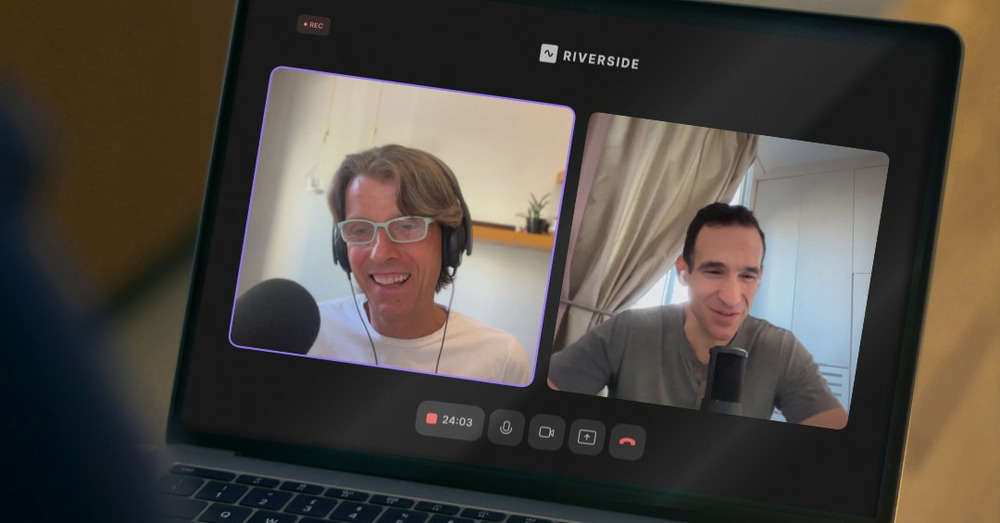When ordinary travel plans collide with extraordinary cosmic events
When I booked our flight to New York for August 12th, 2026, I was thinking about connections and arrival times and whether we’d need to sleep on the plane. What I wasn’t thinking about was the sun disappearing in the middle of the afternoon.
It hit me later, almost by accident. August 12th, 2026. That date rang a bell. And then it clicked: the solar eclipse. A once-in-a-lifetime celestial event, and we’d be somewhere over the Atlantic when it happened.
Most people would shrug and move on. You can’t see an eclipse from a plane, right? You’re too high, the windows are small, the timing never works out. But I couldn’t let it go. I had to know.
So I started digging.
Our flight takes off from Barcelona at 6:30 PM. The eclipse reaches totality around 5:50 PM in Reykjavik, Iceland. The path of totality sweeps from Reykjavik, passes under the United Kingdom and Ireland, reaching Spain by approximately 8:30 PM. We’d be airborne right in the middle of it. But being in the air at the right time isn’t enough. You need to be in the right place.
I pulled up the flight path. Barcelona to New York doesn’t go straight across; it arches northward, following the curvature of the earth, passing beneath Iceland. And the eclipse path? It follows a remarkably similar trajectory.
The pieces were falling into place.
The seat selection problem
Now comes the practical part, the detail that makes this feel real: which side of the aircraft do I need to be on?
This isn’t a question you can leave to chance. Window seats get claimed early, and if I’m on the wrong side of the plane, I’ll be watching other passengers crane their necks while I stare at clouds and ocean.
The eclipse will be to our north and east as we fly. That means I need a seat on the right side of the aircraft, looking out over the North Atlantic. I’ve already started checking seat maps.
Getting those seats won’t be easy. I suspect I’m not the only person who’s done this math. There are probably dozens of amateur astronomers and eclipse chasers on this same flight, all eyeing the same row of windows.
When plans become something more
I almost missed this entirely. It was an oversight, a detail I didn’t think to check when I clicked “confirm booking.” But now it’s become one of the things I’m most excited about.
There’s something about these unplanned moments, these cosmic coincidences that you stumble into rather than orchestrate. They remind you that the best experiences aren’t always the ones you engineer down to the last detail. Sometimes they’re the ones that find you.
We might not see it. Weather could interfere, the angle might be wrong, a thousand things could go sideways. But the possibility alone has transformed this flight from a means to an end into something worth experiencing in its own right.
Have you ever discovered something extraordinary hiding in your ordinary plans? I’d love to hear about it.








